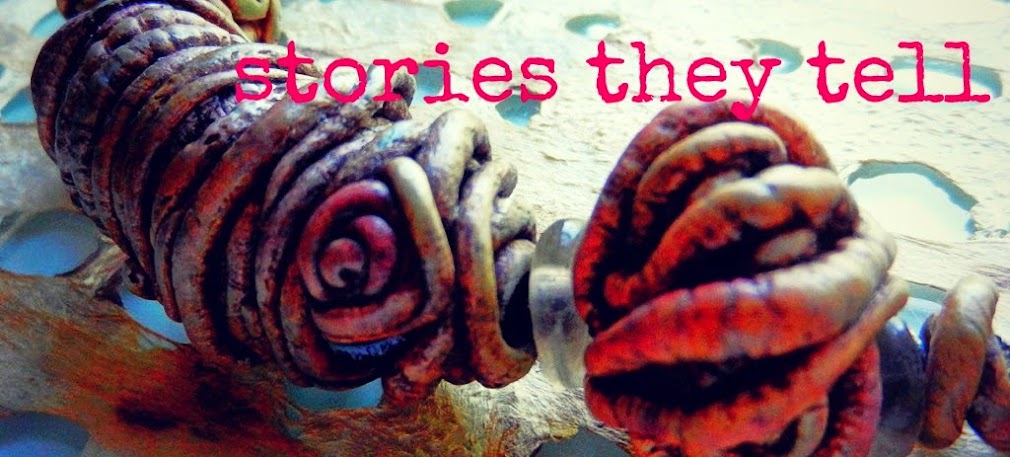Just like adding a bit more salt to a recipe, or a tad more lemon or a teensy smidge more cayenne, tweaking what you started out with is the essence of an artist's creative voice. Why would you EVER want to do it like someone else?? We are unique and our work reflects that very uniqueness in every way that we express ourselves, be it painting, dance, playing an instrument, singing, poetry-- the entire range of human expression.
My favorite TV addiction for the summer is the show So You Think You Can Dance, where 20 super-talented young dancers compete for national glory and professional recognition. The range of dance styles is impressive and every individual has their own unique way of expressing joy in movement. A far cry from my sister's ballet school recitals-- a straggly line of little girls in sequined tutus all struggling to keep their steps in sync with each other to the scratchy music of an off-stage record player. Not a lot of room for dance interpretation there!
Nor do most occupations in our lives as working people support innovation, hence the phrase and its implication. So we should celebrate that in our art we have found a space in the world where all fetters to our self-expression are thrown to the wind! We should tell ourselves, "Today I'm going to re-invent the heck out of that wheel and I guarantee what I come up with is going to be all mine!"
Last week I showed you the beads I was working on for the Art Bead Scene June challenge, interpreting a Kandinsky watercolor. Sometimes making the beads is the easy part. Although I had a pretty well-formed idea for using them in the finished piece, I developed a flat and had to get out the tire iron, the jack and then call AAA in my re-invention of that particular wheel! But after road-testing it (excuse the excess of automobile metaphors) around my own neck, I decided to re-design it for better balance and composition and I'm liking the final result.





Someone whose work I greatly admire for its unique quality of invention is that of Gris Bleu, a French clayer. I never visit her site that I am not completely enlivened by her playful interpretation of color and form. Nodding over my first cup of coffee this morning at 5:00 am, I was inspired by her newest beads and thought of a better idea to make my next set of Kandinsky beads easier to string. I highly recommend perusing her blog as a way to jog you out of any creative rut you might be in. Lots to see here and it's especially instructive to look through her blog archives to see the progression of her ideas and work.













